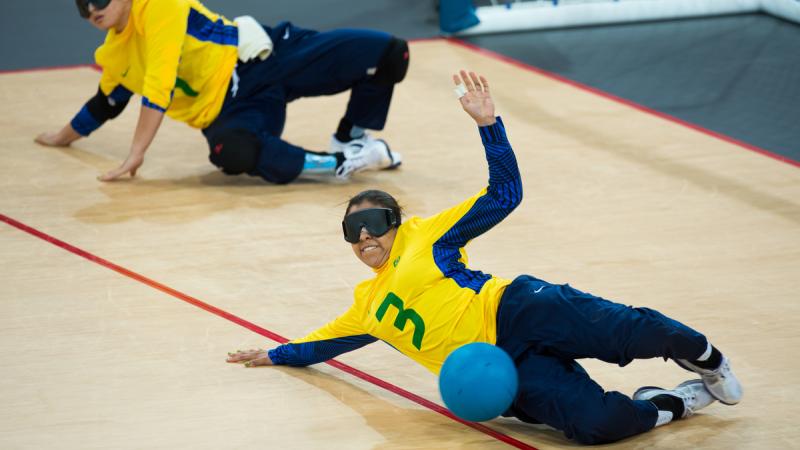GOALBALL AT THE PARALYMPICS
Goalball is played exclusively by athletes who are blind or vision impaired. It was invented in 1946 to help rehabilitate veterans who had lost their sight during the Second World War.
Players must wear opaque eyeshades at all times ensuring fair competition. All international athletes must be legally blind, meaning they have less than 10 per cent vision, and are classified as a B3, a B2, or a B1 – totally blind.
Teams are made up of six players, with three members playing at any one time.
The object of the game is to throw a ball past the opponents and into their net to score points. Players stay on their hands and knees to defend their net and score against their opponents.
A goalball court measures 18 metres long and nine metres wide. It has goals at each end covering the entire nine-metre back-line. String is taped to the markings on the court to allow players to feel the lines and orientate themselves.
Goalball made its Paralympic debut in Toronto, Canada, in 1976, with the women’s event being added at the 1984 Paralympic Games in New York, USA.
The first World Championships for goalball were held in Vocklamarck, Austria, in 1978.
The International Blind Sport Federation (IBSA) governs goalball and holds World Championships every four years, in between the Paralympic Games.




